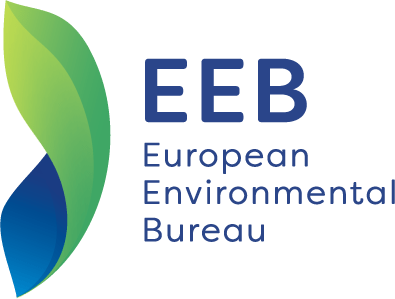‘Green Deal Commission’ needs to walk the ‘zero pollution’ talk
Air pollution prevention from chemical industries may enter into a deregulation mayhem under the EU Commission proposal for WGC BREF. Polluters-complacent countries would be rewarded with further relaxation regimes for the chemical sector.
Today, a technical expert group composed of representatives from EU institutions, NGOs and industry, is discussing the European Commission’s proposal for the new Best Available Techniques (BAT) set for Common Management and Treatment Systems in the Chemical Sector (in short ‘WGC BREF’).
What are BREFs about? ‘Best Available Techniques Reference Documents’ (BREFs) are industry-specific documents which define the most effective techniques that industry can employ to minimise the impact of its activities – the so called ‘Best Available Techniques’, or BATs. The ‘Best Available Techniques’ conclusions included in the BREFs are used as a reference to set permit conditions, including the emission limits industrial installations must respect to comply with the Industrial Emissions Directive (IED), the EU law that aims to prevent and control the industry environmental impact. The drafting of BREFs is coordinated by the European Commission in consultation with representatives from member states, industry and environmental protection groups.
Those BAT-Conclusions will constitute the binding “safety net” standards for preventing and, where not technically feasible, for reducing air pollution from the EU’s chemical production sites for the next decades. This includes carcinogenic, mutagenic and reprotoxic pollutants called “CMRs”.
A clash is likely to escalate between two blocks about setting possible ‘mass flow thresholds’ for certain pollutants, including pollutants called CMRs, below which no BAT emission levels (BAT-AELs) would apply, meaning that the member states permit writers would not have to set emission limits, with full support from the EU Commission.
“The interim proposal of the European Commission is not only a gift to chemical plants operators, but also an assault to current permitting systems of national and regional authorities across Europe. Exempting 80% and 93% of stacks from the BAT requirements on respectively volatile organic compounds and particulate matter controls, it would mean a major deregulation of the sector”, warns Aliki Kriekouki, lead on the WGC BREF discussions for the EEB.
The concept of ‘mass flow threshold’ for channeled emissions has been strongly advocated by the European Chemical Industry Council (CEFIC) and echoed by the European Commission Joint Research Centre based in Seville. Whilst government representatives from France, Italy, Spain andPortugal have so far sided with the interests of polluters, the NGOs, represented by the EEB, together with the government representatives of Austria, Belgium, Denmark, Germany, the Netherlands, and Sweden have clearly voiced strong opposition to this approach.
“EU standards must play its part for safeguarding air quality and preventing pollution at source. The Commission’s proposed concessions to the chemical industry turns the declared zero -pollution ambition upside down. We need to get rid of mass flow thresholds or at least ensure that the polluting mass flows of the raw gases are measured for verification. For CMR substances, no threshold shall apply” concluded Christian Schaible, EEB Policy Manager for Industrial Production.
The EEB considers that the current proposal will fail to pass a positive vote, and work towards that end, unless all the following main critical contentious points are adequately addressed:
- If at all, the threshold should apply to the raw gas (inlet) level.
- All relevant sources of the production line shall be considered and to be clearly defined.
- No thresholds for the worst type of CMRs (CMR 1A and B) and named CMRs.
Data made available make it clearer that the EU Commission proposal will lead to a back rolling of the environmental level playing field to the benefit of the chemical industry, while contradicting the zero-pollution ambition and leaving most emission sources uncontrolled.
Find here our analysis based on the provided data, highlighting the breathtaking results from the EU and 7 countries (AT, BE, DE, ES, FR, IT, NL).
The discussions are on-going and will be concluded on 2 July.
ENDS
ANNEX: Analysis of European Commission proposal for WGC BREF

